On October 28th, RM Sotheby’s, in association with the Sotheby’s Fine Art Division, will offer three automotive and sculptural designs known as the Alfa Romeo Berlina Aerodinamica Tecnica (B.A.T.) Concepts at Sotheby’s Contemporary Art Auction. These concepts were produced by Bertone for the Turin Auto Salons in 1953, 1954, and 1955.
The three Alfa Romeos, considered to be the seminal vehicle designs of the 20th century, will be offered as a single lot. For over three consecutive years, the B.A.T. 5, 7, and 9 were presented to the public and since their release, they have been known as one of the most memorable and astounding automotive designs ever produced.
The three cars were more than just design studies and a showcasing of what world’s greatest craftsmen could create; they were also an incredibly effective demonstration of forward-thinking design engineering and advanced aerodynamics. Although designed around the Alfa Romeo road car chassis, the cars stunned the public with the perfect blend of fantasy and science-fiction resonating from each of the three designs.
1953 B.A.T. 5
In the first of the B.A.T. concepts to be released. Scaglione wanted to create a design that was not just visually stunning, but that also maximized airflow. Scaglione worked with the airflow as the essence in designing the lines of the car. The concept car when completed was called the Berlina Aerodinamica Tecnica 5, or B.A.T. 5.


The running gear of the B.A.T. 5 was taken from the Alfa Romeo 1900, but it is a well-known fact that the manufacturer would remain mostly uninvolved in the design process until the B.A.T. 9, which was the final design.
Under the hood is a four-cylinder engine with a five-speed manual transmission, with an output of around 90 horsepower and a top speed of 125 mph. The powerful performance of the car was due to its drag coefficient, which was calculated at an astonishing 0.23 Cd, which is considered impressive even by today’s standards.

The combination of the nose vents, pontoon fenders, wraparound glass cockpit, wheel skirts, and tapering tailfins produced not only aerodynamic efficiency but also an ‘out of this world’ design.

1954 B.A.T. 7
After the 1953 show, work on the updated version, the B.A.T. 7, immediately started. Taking inspiration from the B.A.T. 5, Scaglione was encouraged to emphasize various characteristics of the original. Scaglione obliged by making the front air intakes narrower, lowering the hood by more than two inches and lengthening the tailfins.


They kept the rear wheel skirts and the pronounced side vents. The updates also increased the coefficient of drag to an incredible 0.19 Cd. This number is lower than many 21st century super car designs, and considering that the car was designed in 1954 without wind tunnel testing and computer-aided design this outcome was a remarkable achievement.

1955 B.A.T. 9
Alfa Romeo took a greater interest in the design process of the last of the three cars. The interest was mainly due to the desire that they wanted to build a car that was not just visually impressive, but also practical for road use.


In the last car of the series, B.A.T. 9, Scaglione explored a roadworthy gran turismo interpretation of the theme with the fins decreased in size to enhance rear visibility, and the rear wheel skirts removed.
A new pronounced beltline was added toward the rear, while a standard production triangular Giulietta grille, including the famed Milano crest, was applied to the front grille, highlighting the car’s status as an Alfa Romeo.
Despite this more pragmatic approach to the design, the outcome proved to be the crescendo of the design iteration and was praised for its jet-age design that flawlessly combined both form and function.


“To be able to offer the Alfa Romeo B.A.T cars as a single lot triptych at auction is a once-in-a-generation opportunity. To do so in Sotheby’s Contemporary Art evening sale only adds further validation to the global significance of the B.A.T cars. These three truly spectacular cars are amongst the most instantly recognizable and important pieces of automotive design ever produced. Furthermore, they have never been offered for sale as a united trio, and so the offering of this design triptych may never happen again. The importance of the offering of these cars cannot be underestimated either within the automotive or within the art, sculpture and design world.”
RM Sotheby’s Chairman, Rob Myers stated.
Of interest is the fact the three B.A.T.S were never been displayed together as a triptych in the period. After their show circuit runs, the cars were sold off.
In fact, the vehicles were not united until the 1989 Pebble Beach Concours d’Elegance, sharing the limelight with none other than Nuccio Bertone, the individual who oversaw their commission and construction.
Shortly after the event, the current owner acquired each car individually and the three cars were restored and maintained and were kept as a collection thereafter.
Over the past 30 years, the trio has made only very rare public appearances and it is considered to be one of the most important single collections of vehicles in existence. With its history, it is not surprising that they are being sold as a single lot, considering their status as design icons and the greatest representatives of ‘cars as works of art.’
Sotheby’s will be offering the three cars at their New York Contemporary Art Evening Sale on October 28th with an estimated sale price of $14,000,000 to $20,000,000.
Further details can be found at RM Sotheby’s.
[Source: RM Sotheby’s]


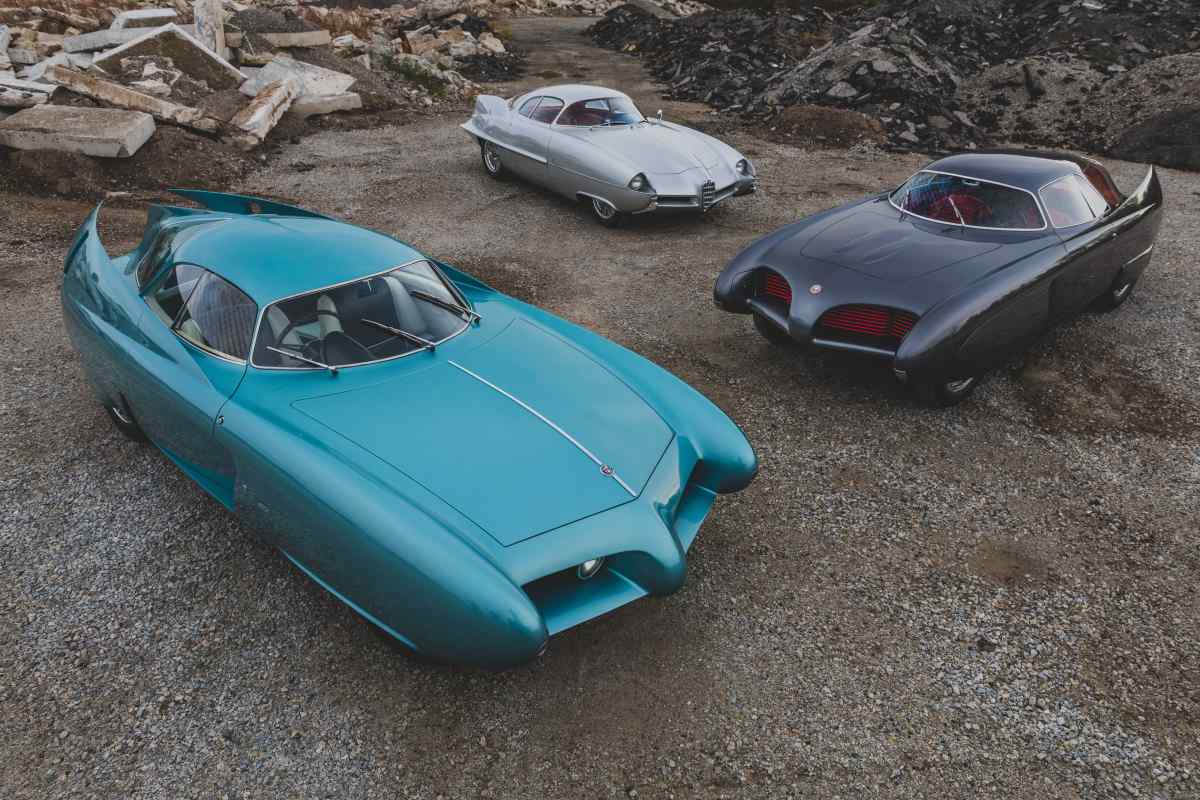
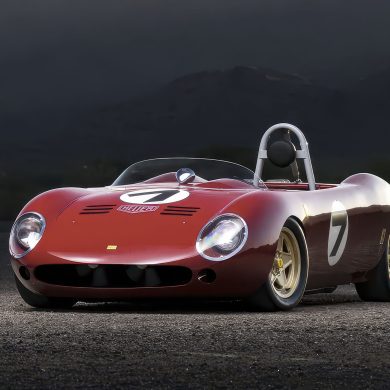
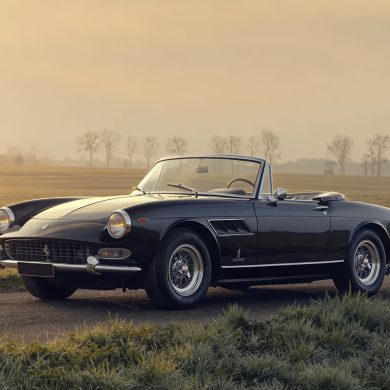
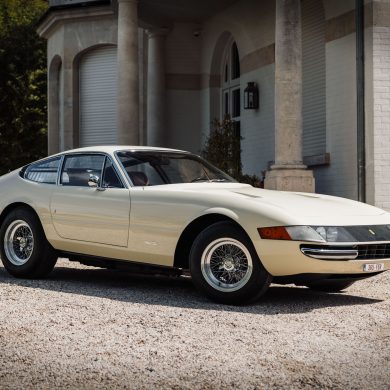
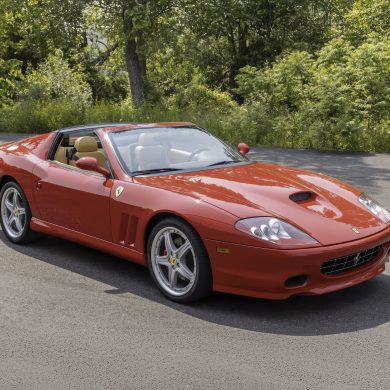
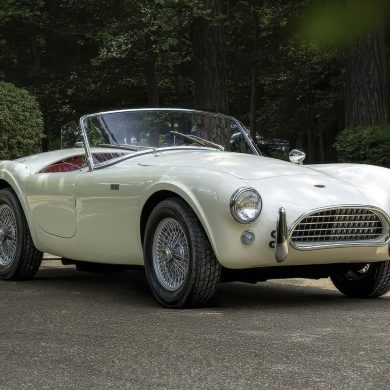
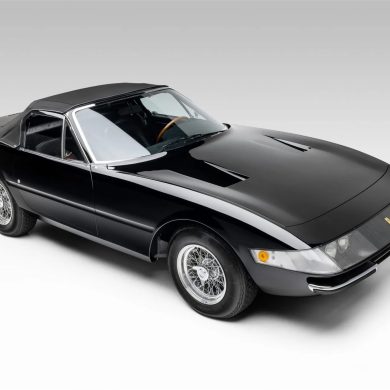


They were also shown as a set at the 1996 Concorso Italiano and at least one of them was still in need of interior restoration as the rear of the cockpit area was in terrible condition. I have pictures on my web site.
The Alfa Romeo BAT seriess also influenced tha design of the 1965 Pontiac VIVANT 77 Roadster present at the 2019 Concorso at Villa d’Este